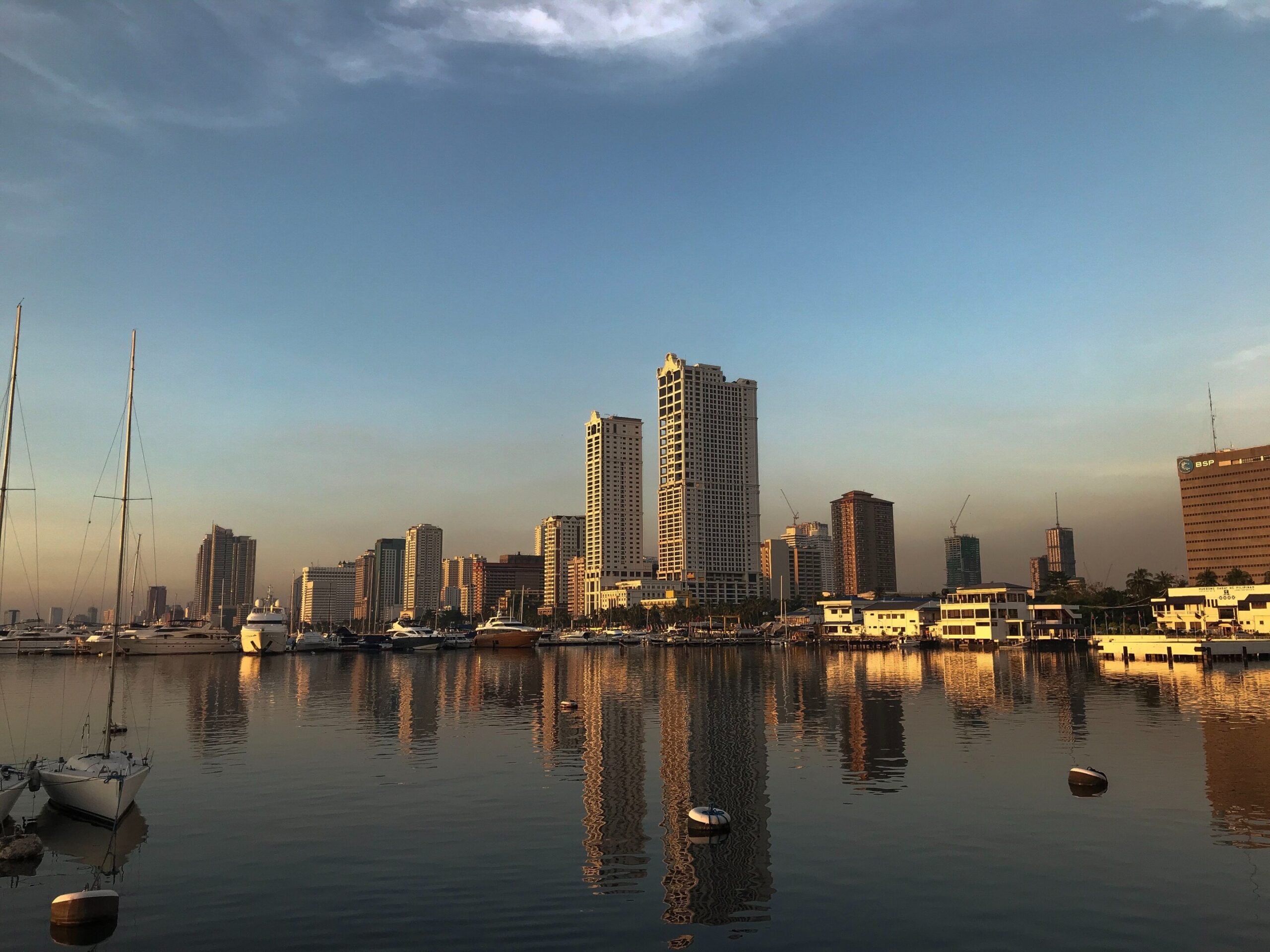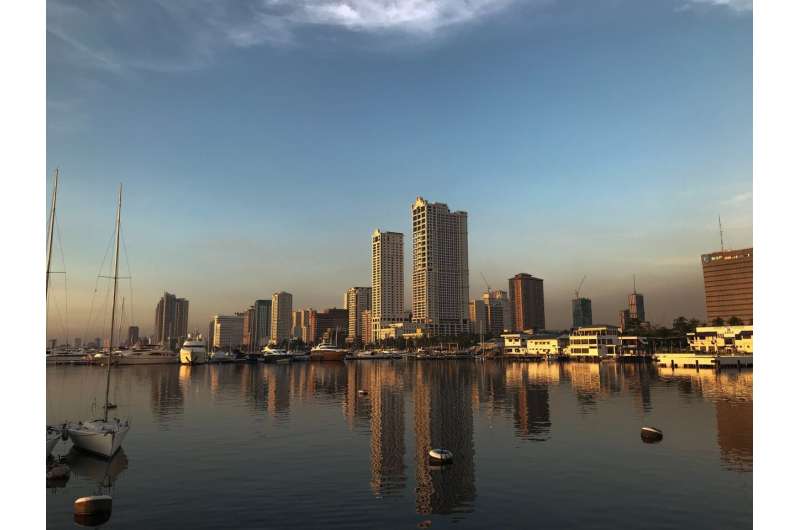

Over one million Filipinos leave their country every year to work. The high emigration figures not only concern the Philippine state, but also the economist Andreas Steinmayr. In July 2024, he resumed a long-standing collaboration with the Philippine Department of Immigration, providing researchers with valuable insights into migration dynamics.
Migration is not only an economic and socio-political issue in the destination countries of migrants, but also in their countries of origin. The Philippines is one such country where emigration has played a key role for decades—an estimated 10 million Filipinos live abroad, with many emigrating permanently and others temporarily to earn money.
Since 1980, the island nation has had several government agencies that take care of the concerns of Filipinos abroad, strengthen their relationship with their homeland, conduct mandatory training programs for emigrants and keep register data on those who leave.
A long-standing research cooperation with the Commission on Filipinos Overseas (CFO), the authority responsible for permanent emigrants, gives Prof. Andreas Steinmayr from the Institute of Public Finance and his colleagues the opportunity to look at migration from a unique and well-founded perspective.
“The collaboration began back in 2013 and was renewed in 2024: We were in Manila in July and signed new cooperation agreements,” says Steinmayr, who, together with colleagues from the Philippines, the United Kingdom and the U.S., has been able to publish several articles in academic journals in recent months as a result of this collaboration.
Information isn’t always an advantage
One such study, published in September in the Journal of Development Economics, examines the impact of the CFO’s pre-departure programs on the job prospects, housing situations, and well-being of migrants settling in the U.S.
The programs consist of a two-and-a-half-hour pre-departure training course and a comprehensive handbook. Both are intended to close gaps in knowledge regarding various aspects of the destination country before departure. The idea is that this will help to improve the socio-economic situation of migrants. The Philippines hope that the homeland also benefits from successful citizens abroad.
“A lot of money flows back and many emigrants support projects in their home country in the Philippines,” explains Steinmayr. His latest study of around 1,300 people closely examines the effects of the training programs and provides solid empirical evidence.
The interventions were randomly assigned and participants were interviewed once before and several times after their departure.
“We found that completing the preparation program does not make a significant difference in terms of employment, settlement and subjective well-being, but does lead to immigrants establishing fewer social network connections,” Steinmayr summarizes.
The researchers explain this outcome using a simple model, which suggests that information and social networks function as substitute goods. “Those who completed the program were well-informed and had less need to seek advice from Americans or other Filipinos abroad. As a result, they formed fewer new connections,” explains Steinmayr.
A shifting labor market
The collaboration with the CFO has given rise to numerous other research questions that are being investigated using different methodological approaches.
“We also work with the far-reaching register data,” reports Steinmayr, who, as a migration researcher, has been focusing not only on the destination countries but also on the countries of origin for years.
“Especially now, as the global labor market undergoes significant changes and industrialized countries face labor shortages, examining also the situation in the countries of origin has become increasingly relevant. In the future, the balance of power between origin and destination countries could shift,” suggests Steinmayr.
This trend was also evident during his visit to Manila. “There was noticeable competition among potential destination countries, all keen to establish migration agreements with the Philippines to attract workers.”
More information:
Toman Barsbai et al, Information and immigrant settlement, Journal of Development Economics (2024). DOI: 10.1016/j.jdeveco.2024.103305
Provided by
University of Innsbruck
Citation:
Research collaboration examines Filipino migration dynamics (2024, October 11)
retrieved 11 October 2024
from https://phys.org/news/2024-10-collaboration-filipino-migration-dynamics.html
This document is subject to copyright. Apart from any fair dealing for the purpose of private study or research, no
part may be reproduced without the written permission. The content is provided for information purposes only.